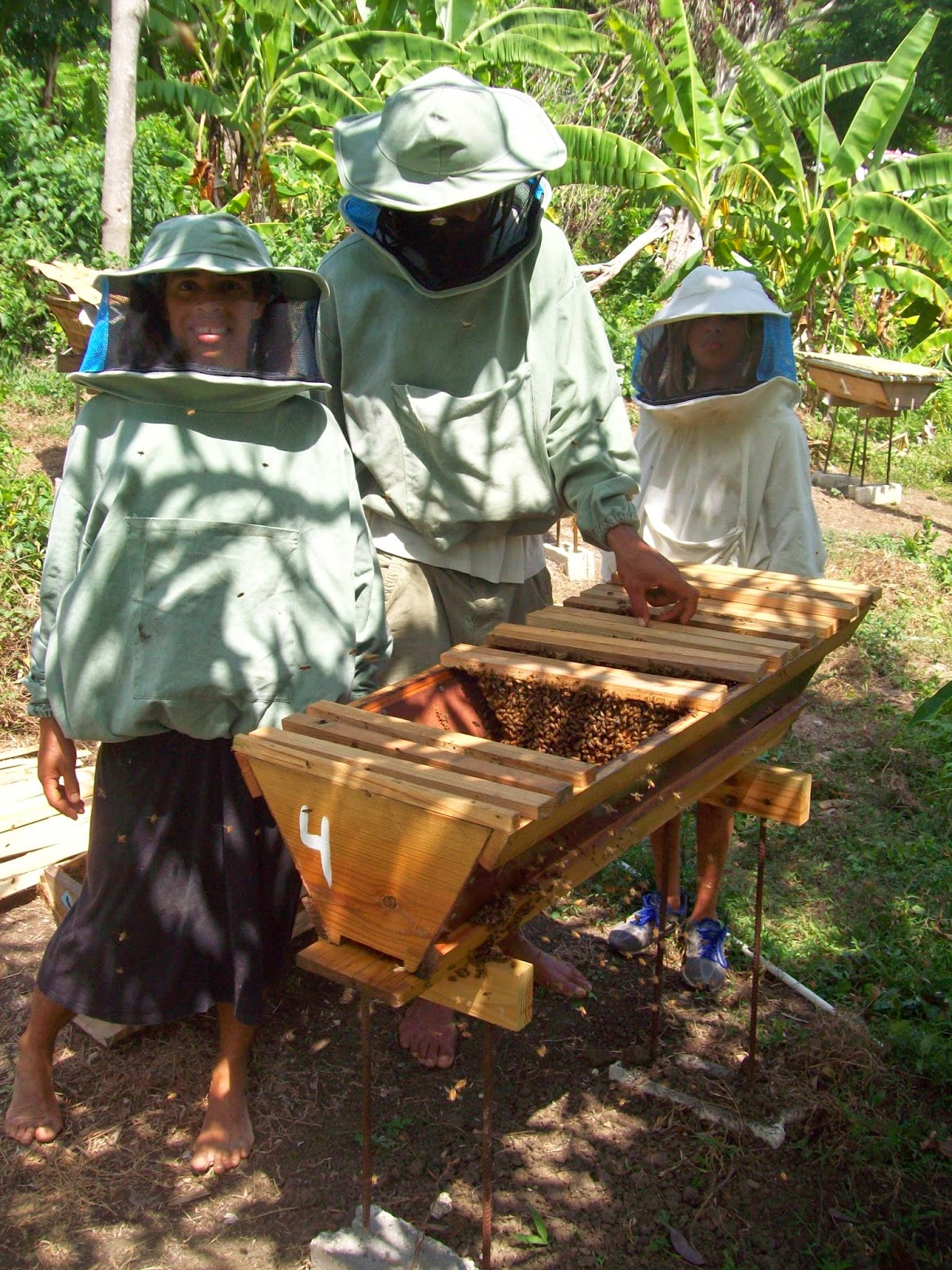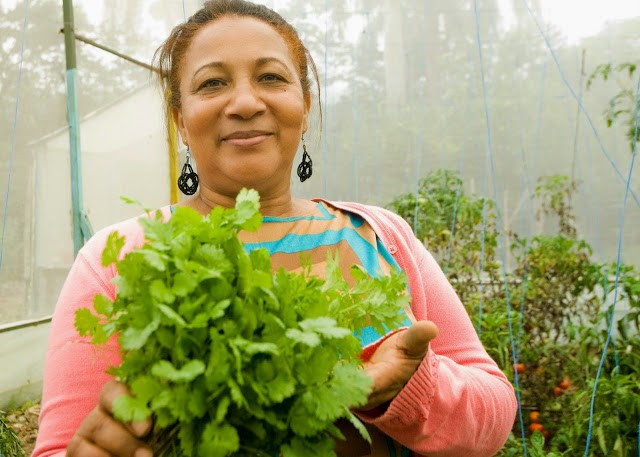Haiti Nutrition Security Program: An Update on Small Gardens
.jpg)
Mother leader moving materials The Haiti Nutrition Security Program (NSP) is working with local organization Makouti Agro Entrerprise to identify the best options for small scale livelihood enhancement activities. These activities will vary based on local demand and feasibility but could include gardens and animal production, small business training, post-harvest processing and other value-added operations. Partnerships with local Haitian counterparts increase the sustainability of interventions and are also essential in ensuring that NSP activities and strategies most appropriately and effectively meet the specific needs of malnourished populations, since each region of the country is culturally and economically distinct. Working with NSP field staff, mother leaders, and women’s clubs, Makouti has begun developing home gardens in target program areas. Each garden is under the management of one mother leader or women’s club and serves as a demonstration garden for all of




